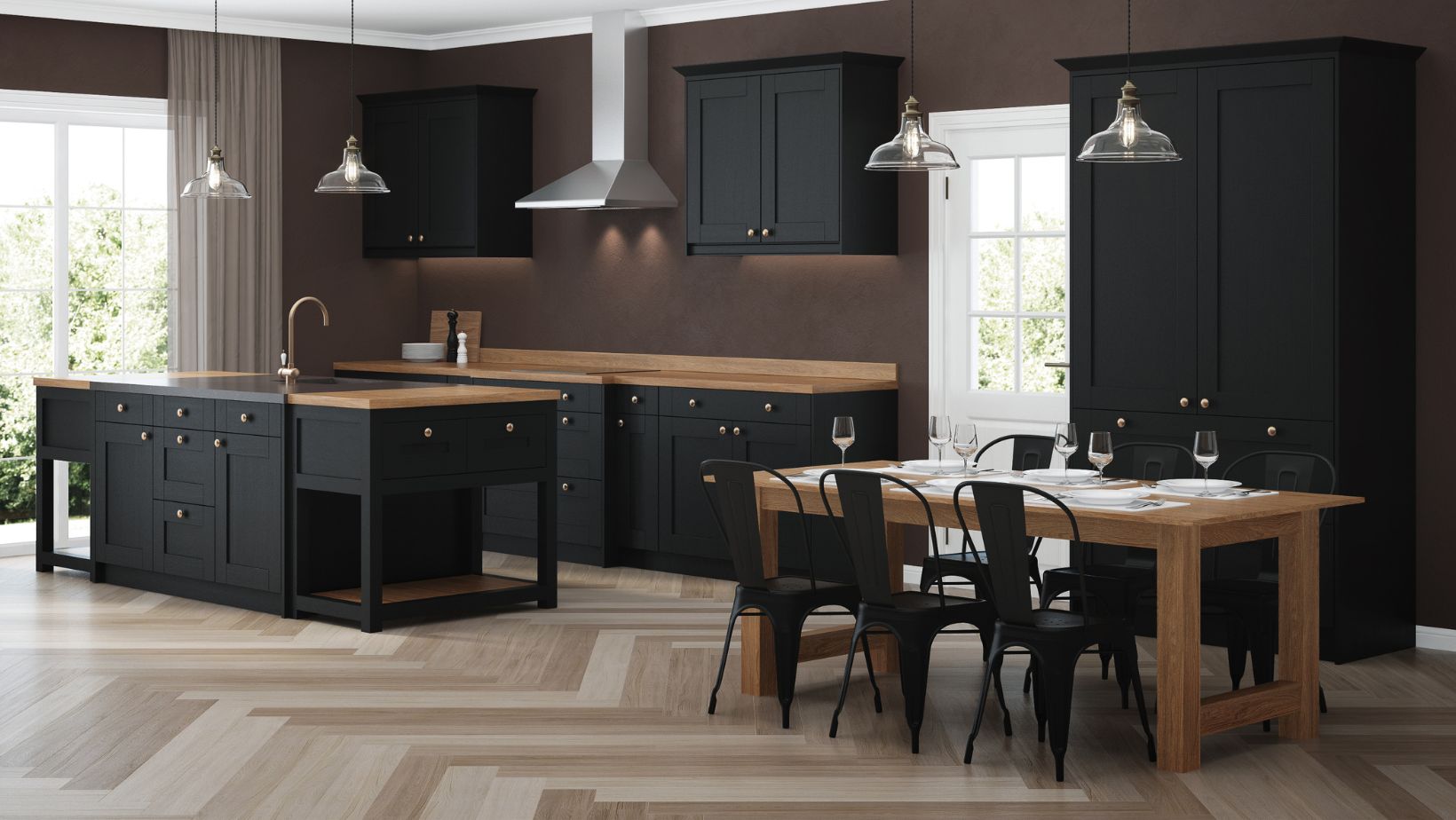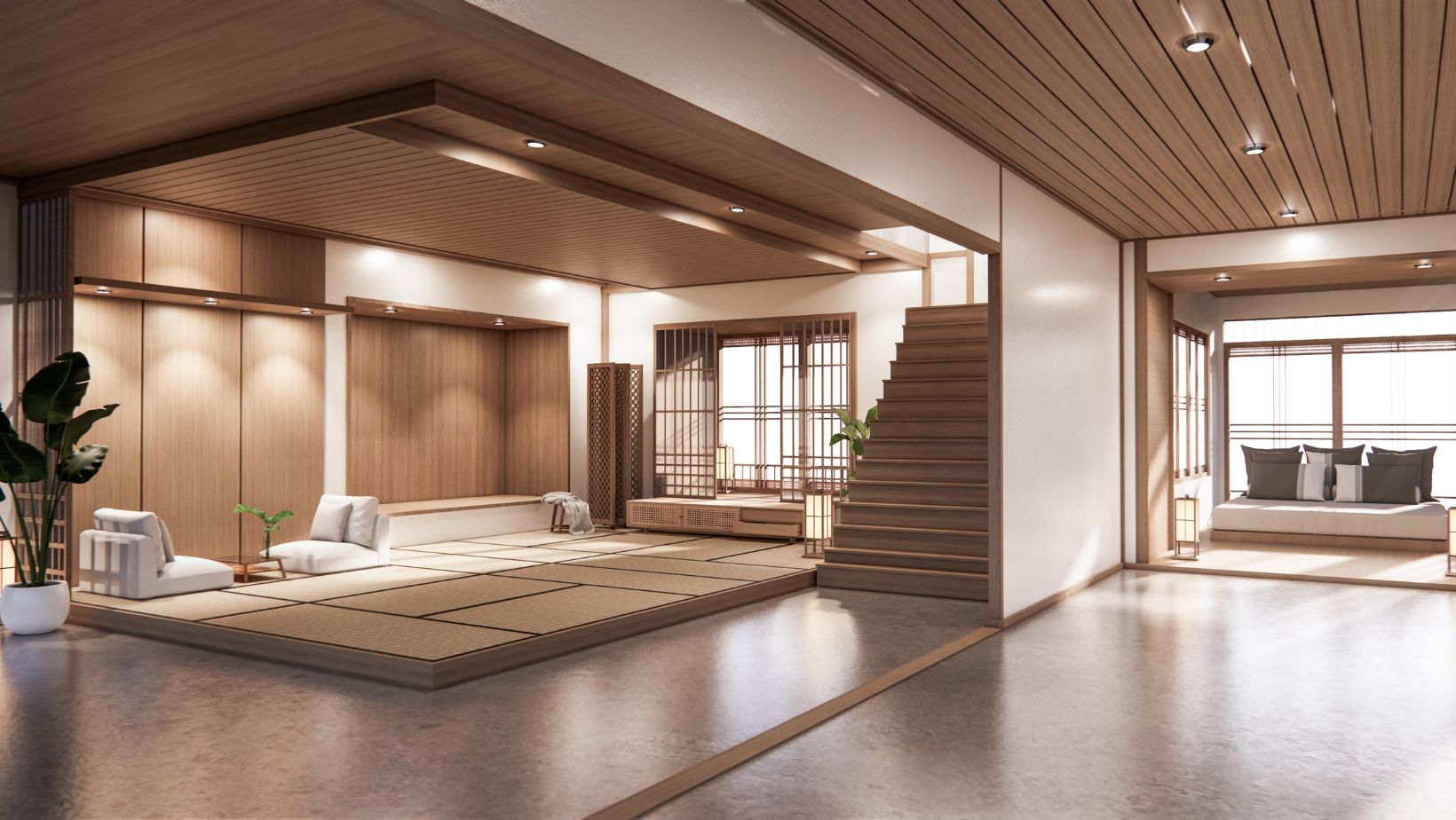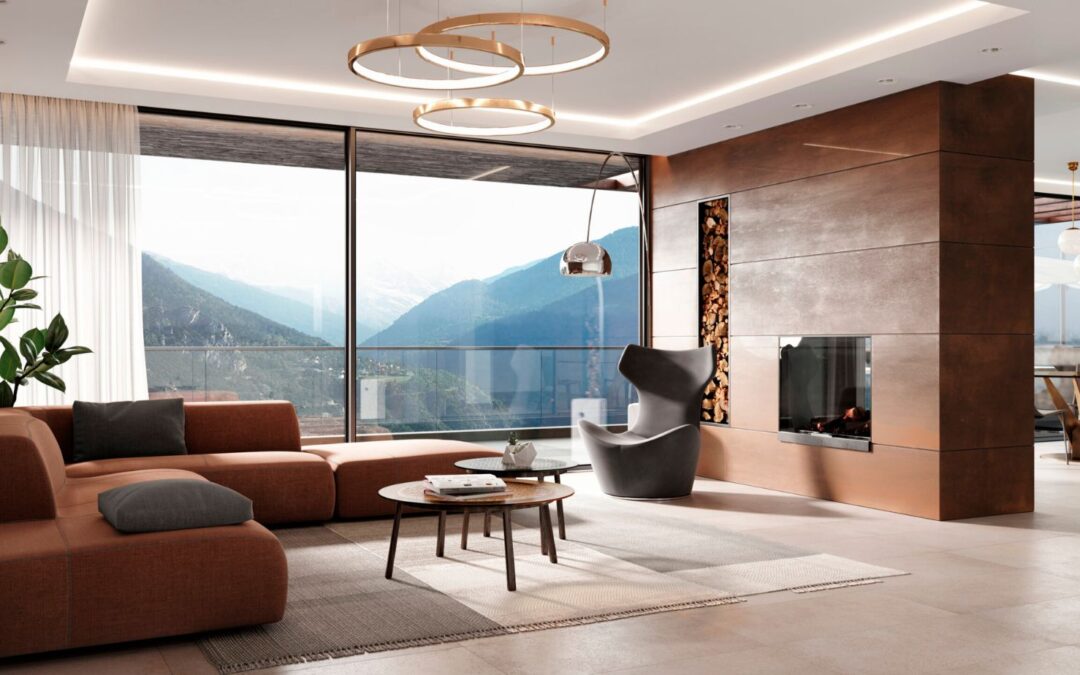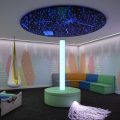Interior rendering services become very popular during the last decade. 3D rendering it’s a great tool in the professional field for designers and architects. But how to work with it? Is it possible to create visualizations on your own, or just need to connect with a rendering company? Let’s see how it works, from the stages of creation to selecting the right software, and why it’s highly important to create a photorealistic CGI in today’s market.
What is 3D Interior Rendering?
3D interior rendering is the process of creating three-dimensional images that display the interior spaces of a building or room. It can be a kitchen, bedroom, living room, office, or café actually everything “inside” of a structure, from commercial to private property. These renderings provide a highly detailed and realistic representation. To create this kind of interior 3D rendering, you have to be familiar with a wide range of techniques and tools. For example, you have to know details when creating lighting, textures, furniture, and decor.
The Importance of Photorealistic Renderings in Interior Design
Interior designers must use photorealistic renderings for a number of reasons. One of the first things, it’s that interior renders enable clients to see the finished product even before any work starts. This visualization helps in making informed decisions about color schemes, materials, furniture placement, and overall design aesthetics. To ensure that the finished product satisfies the client’s vision and expectations, photorealistic renderings are also helpful in spotting possible design flaws. Finally, these superior photos are necessary for marketing and presentation needs, allowing designers to present their work in an engaging manner to stakeholders or possible clients.
Stages of Creating 3D Renderings for Interior Design
Creating a 3D interior rendering involves several stages, each requiring a specific set of skills and tools. By this part, you can understand your level of skills and see if you can do this by yourself. Here’s a breakdown of the process:
Conceptualization and Planning
The first step in creating a 3D rendering is understanding the project’s requirements. This stage looks obvious, and sometimes people want to pass this part quickly and do not spend a lot of time discussing it with the client, but it is highly important to understand their vision, preferences, and functional needs.

Designers usually create sketches or basic floor plans during this stage to outline the space layout and design elements.
Modeling
Once the concept is finalized, the next stage is 3D modeling. The process requires using specialized software to create a digital representation of the interior space. This step involves modeling the walls, floors, ceilings, and structural components as well as creating the basic forms for the furniture and décor pieces. Building a precise framework for the area is the objective.
Texturing
In this part, realism comes to the stage. As exactly from texturing starts realism in the 3D model by applying materials and finishes to the surfaces. This includes adding textures to walls, floors, furniture, and other elements to match the intended design. Texturing is an important step because it affects how realistic the rendering looks. If you miss this, in the end, the render will not look as lifelike as the photo.
Lighting
Lighting is another essential aspect of 3D rendering. This process involves simulating natural and artificial light sources within the digital environment. The mood of the room can be improved, design elements can be highlighted, and the rendering’s overall realism can be increased with the right lighting. To get the desired effect, different lighting techniques are used, including spotlights, ambient lighting, and sunlight simulation.
Rendering
Another important part of creating photorealistic visuals is the rendering stage, where the 3D model, is transformed into a photorealistic image. This process isn’t simple, as it involves complex algorithms that calculate how light interacts with different surfaces in the model, producing realistic shadows, reflections, and textures. This process requires time that depends on the complexity of the scene, rendering can take from a few minutes to several hours.
Post-Production
Our render is almost done and might even look quite realistic, but the image may require post-production work. In order to improve the image and add any finishing touches, this step entails honing the image using programs like Photoshop to adjust colors, improve details, and add any final touches. Post-production makes sure the rendering is as polished and lifelike as it can be.
Choosing the Right Software for 3D Interior Rendering
Selecting the appropriate software is important for producing high-quality 3D renderings. You can find a lot of rendering software on the internet, but here are some popular tools used in the industry:

– SketchUp: Known for its user-friendly interface, SketchUp is ideal for creating detailed 3D models. It’s widely used for both architectural and interior design projects.
– 3ds Max: This is one of the most powerful software options for 3D rendering, offering advanced modeling, rendering, and animation tools. It’s often used for creating photorealistic renderings.
– Blender: A free and open-source software, Blender is a versatile tool that can produce professional-grade 3D models and renderings. It’s suitable for those who are looking for a cost-effective solution without compromising on quality.
– V-Ray: Often used in conjunction with other modeling software like SketchUp or 3ds Max, V-Ray is a rendering engine known for producing high-quality photorealistic images.
– Lumion: This software is popular for its ability to create quick and realistic renderings. It’s especially useful for projects where time is a constraint.
The Role of 3D Rendering Services in Interior Design
For designers and architects, partnering with a professional 3D rendering service can be truly important. These services specialize in creating detailed and photorealistic renderings, allowing designers to focus on the creative aspects of their work while ensuring high-quality visualizations.
Why Outsource 3D Interior Rendering?
– Expertise: 3D rendering companies have skilled professionals who are experts in the latest software and techniques, ensuring top-notch results.
– Time Efficiency: Outsourcing allows designers to meet tight deadlines by offloading the time-consuming rendering process to experts.
– Cost-Effectiveness: While it may seem like an added expense, outsourcing can be cost-effective in the long run by reducing the need for in-house resources and software investments.
How to Order Renderings from 3D Rendering Companies
If you’re considering outsourcing your 3D interior renderings, here’s a guide on how to proceed:
1. Research and Select a Provider: Start by researching companies that offer interior design rendering services. Look for portfolios that align with your design style and project requirements.
2. Request a Quote: Contact the selected companies and request quotes based on your project’s specifics. Be sure to provide detailed information about the project, including floor plans, design concepts, and any specific materials or lighting conditions you want to be included.
3. Review and Revise: Once you receive the initial renderings, review them carefully. Most companies allow for revisions, so provide feedback to ensure the final images meet your expectations.
4. Finalize the Rendering: After making any necessary revisions, approve the final rendering. The company will then provide you with high-resolution images that you can use for presentations, marketing, or client approvals.
Conclusion
For interior designers, 3D rendering is a crucial tool that helps connect the idea to the finished product. Architects and designers can take their projects to new heights by knowing when to outsource rendering services, choosing the appropriate software, and comprehending the stages of creation. Photorealistic renderings are an essential component of contemporary interior design because they not only aid in creating a final product but also play a critical role in marketing, decision-making, and communication.
Jessica has a flair for writing engaging blogs and articles. She enjoys reading and learning new things which enables her to write different topics and fields with ease. She also strives to break down complex concepts and make them easy for anybody to comprehend.





